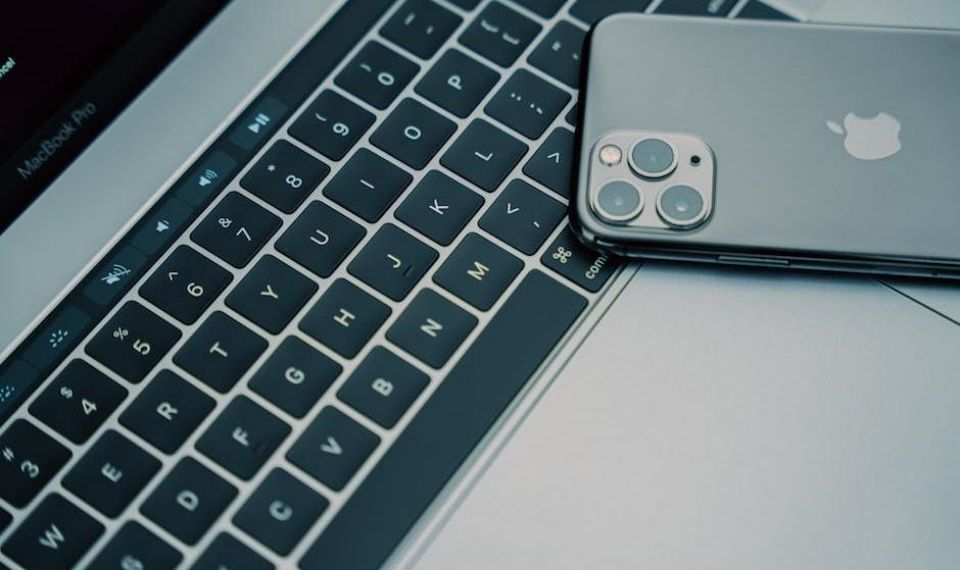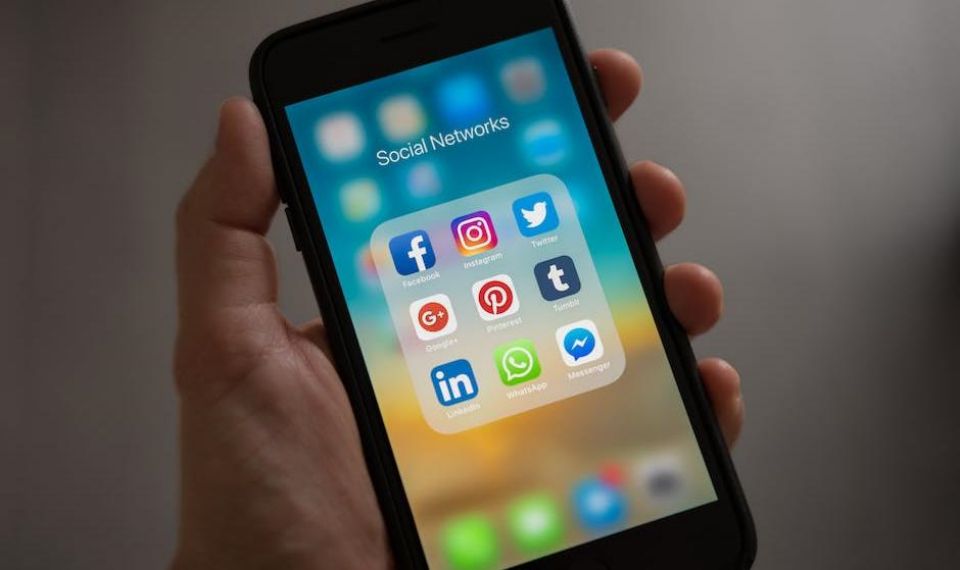
In the annals of technological progress, few inventions have had an impact as profound and far-reaching as the smartphone. Since their inception just over a decade ago, these ubiquitous tools have transformed the way we live, bringing the world to our fingertips and reshaping industries, from communications and entertainment to e-commerce and finance.
The revolution all started with Apple’s launch of the iPhone in 2007. Never before had a device so small offered so much functionality. An integrated MP3 player, a GPS, a high-resolution camera, Internet browser — these features were just the tip of the iceberg, opening up a world of possibilities that even Apple’s visionaries could barely have imagined. A cornerstone of the iPhone’s success was its user-friendly interface, with its touchscreen becoming an integral part of the smartphone’s DNA, replacing the physical, tactile experience of buttons and keypads with a sleek and shiny glass screen that responded to the gentlest of touches.
But hardware was only one side of the story. The true transformation came when Apple opened the doors of its App Store to third-party developers. This represented a sea change in the mobile phone industry, democratizing the sector by allowing anyone to create, sell and distribute applications, creating a thriving ecosystem of innovation that continues today.
The smartphone revolution was not confined to Apple’s walls, however. The Android platform, backed by Google, opened up a new front in the mobile war. iOS and Android quickly became the twin pillars of a new global industry. Android with its open-source nature offered a more flexible and customizable alternative to Apple’s controlled ecosystem. This sparked a vibrant competition which has spurred innovation and growth.
Smartphones slowly became indispensable to our daily lives. The smartphone’s calendar replaced the physical diary, mobile gaming took over the traditional board games, the music player made the Walkman obsolete. They have transformed how we communicate, with SMS and email giving way to instant messaging apps, while video calls enabled us to stay connected regardless of geographical boundaries. Social media platforms like Facebook, Instagram, and Twitter found a natural home on our phones, influencing every facet of our lives, from how we consume news to how we form relationships.
Furthermore, smartphones were no longer just tools for consumption. They empowered users to become creators. Armed with a smartphone camera and an Internet connection, anyone could become a photographer, a filmmaker, or a citizen journalist. Indeed, some of the most iconic images of the past decade – from the Arab Spring to Black Lives Matter protests – have been captured on smartphones.
As time went by, advancements like touchless payments, health monitoring functionalities, and voice assistants proved that the potential of smartphones was far from exhausted. The integration of artificial intelligence and augmented reality technologies has started to redefine the smartphone’s role again, making it an even more integral part of our lives.
The smartphone revolution is a testament to the power of technology and the possibilities it opens up. As we look towards a future of 5G, foldable displays, and beyond, there is no denying that the simple mobile phone has come a long way – and its journey is far from over. The smartphone revolution is a continuing story, forever changing the way we communicate, work, play, and live.









